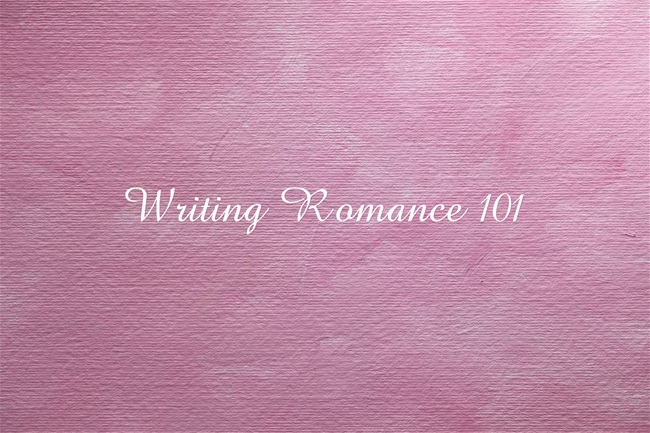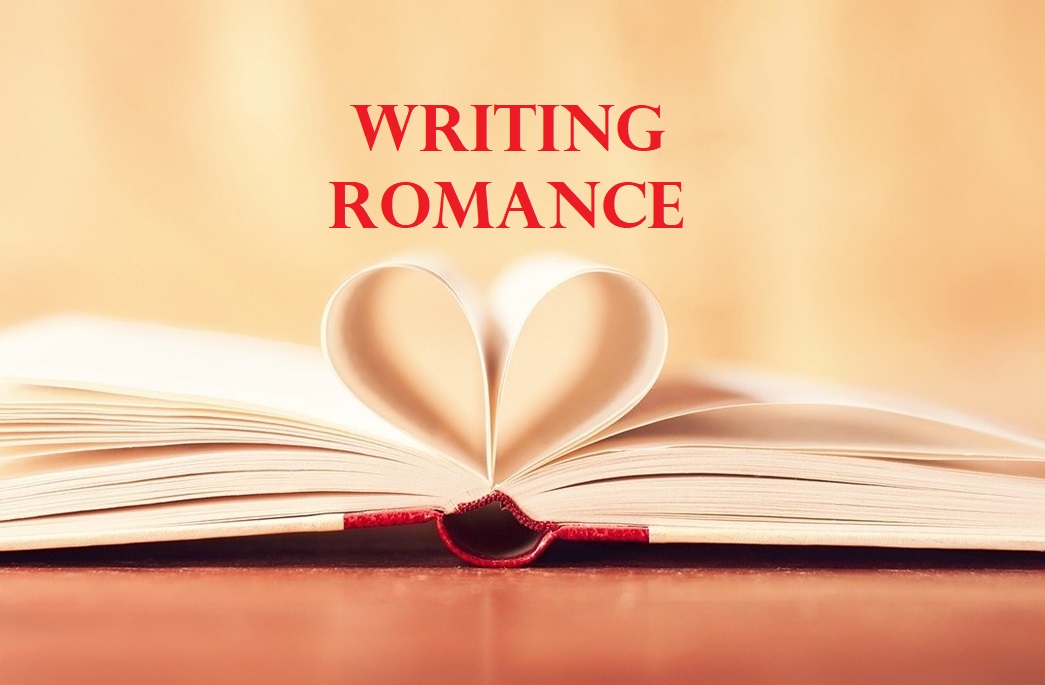If your planning your first romance novel, you’re probably thinking about all the great romantic scenes you can write about the love in the relationship. Maybe you’ve already written most of the book, but now as you read back over it, something seems to be missing.
Oh, it’s got a lot of great romance, but is it going to capture and hold your reader’s attention?
Then it dawns on you – there’s not enough conflict. Every story, even a romance that will end with “happily ever after” needs a lot of conflict—things that keep your hero and heroine apart throughout most of the story. That’s what’s going to keep reader’s turning pages and sitting on the edge of their seat waiting for that sweet ending when the hero and heroine finally pledge to love one another until death do they part.
So, what kinds of conflict can you use to add some suspense to your romance?
First of all, your conflict or series of conflicts needs to be believable. And yes, your story will need more than one conflict. Some of the conflict has to be between the leading man and his love interest because readers don’t want to read a romance where the handsome hero and the sassy heroine realize they are right for each other and everything is awesome once they get rid of the leading lady’s meddling best friend. That’s not really a romance story.
Something needs to keep the hero and heroine apart. A mix of internal and external conflict usually works best. In other words, what’s going on around the hero and heroine is external. The external situations and other characters can be used to cause conflict. The thoughts and feelings of the main male character and main female character is internal and can also be used to cause conflict.
Internal conflicts can come from the character’s fears, a lie he or she believes, something they struggle with such as self-confidence or being able to trust the other.
Internal examples: maybe he was engaged before and the woman left him standing at the altar. Now he’s afraid he’ll be abandoned or rejected again. Maybe she’s overweight and has been told all her life that she’d be pretty if she just lost weight, so she can’t believe he could possibly find her attractive.
External examples: maybe the hero and heroine don’t like each other when they first meet and this comes out in the way they talk to each other or behave toward each other. Maybe she is a waitress in a restaurant and accidentally spills a plate of spaghetti in his lap, getting them off on the wrong foot.
Some things can be used as either external or internal conflicts, such as character flaws.
Just remember, there have to be lots of bumps on the road to “happily ever after” if you want your readers to read your romance novel from cover to cover.

Kelly F. Barr lives in Lancaster County, Pennsylvania. She is married and has three sons. She writes historical romance. She has also been a blogger for ten years, and every Friday, you can find her Flash Fiction stories posted for your reading pleasure. She loves her family, including the family dog, books, walks, and chai lattes.
You can find her online at:
Website: kellyfbarr.com
MeWe: KellyBarr8




